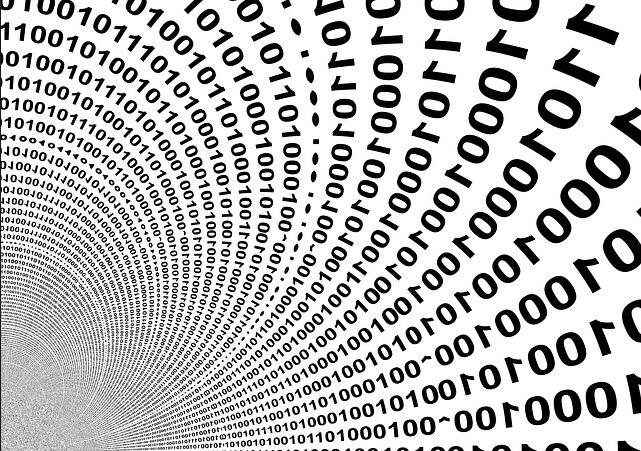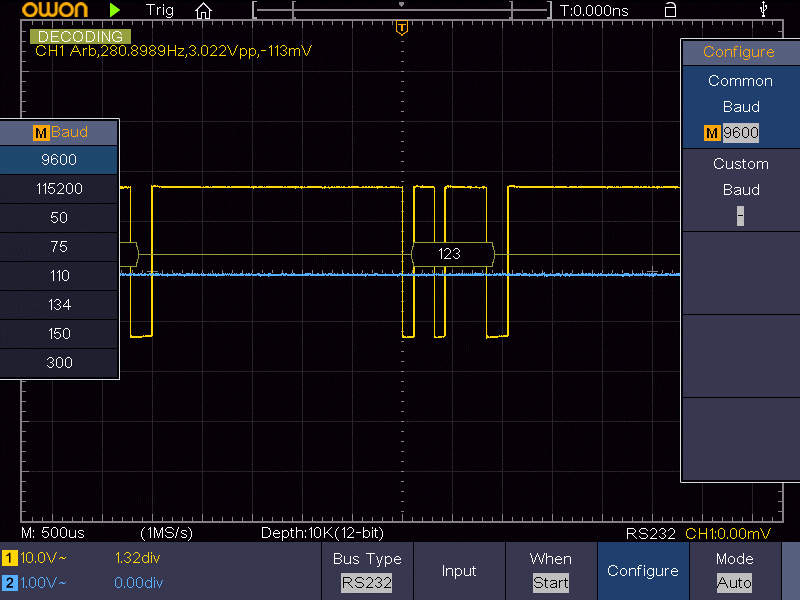The development of digital oscilloscopes has greatly reduced the difficulty of low-speed bus debugging, whether it is I2C/IIC, SPI or CAN, there are oscilloscopes that can directly convert the waveform into data. These oscilloscopes crack several communication protocols so let’s have a look at how this evolved:
1. The development of oscilloscope brings convenience to protocol decoding
Oscilloscopes have evolved from analogue oscilloscopes to digital oscilloscopes, bringing many major changes, such as signal acquisition, bandwidth, sampling rate, and display type. Similarly, this change is also reflected in "protocol decoding", this new way to decode signals frees people from full "0", "1" manual decoding, greatly improving efficiency.

Here, we look specifically at the changes of protocol decoding by the development of oscilloscopes.
2. Initial Protocol Decoding
2. Initial Protocol Decoding
The early oscilloscopes could only achieve simple waveform displays and data measurement, if we required a deep understanding of a protocol waveform, we would have to analyse it section by section.
For example: to observe the I2C/IIC protocol, (a clock signal, a data signal) we would need to follow the clock and data signal one by one to "translate" it into the form we needed, and then match this with the corresponding physical value. This is not only leads to a large workload but is inefficient and prone to error.
3. Current Protocol Decoding
Now direct decoding of waveform data that is presented in hexadecimal, decimal or characters is possible. This saves considerable time and greatly accelerates development efficiency.

Related News
- Invitation | Owon invites you to the electronica exhibition. Visit us at A3 667!
- OWON Hong Kong Autumn Electronics Fair Concluded Successfully!Here's A Brief R..
- OWON Invites You To The Hong Kong Electronics Fair Autumn Edition 2024
- OWON Launches New OWH67 High-Power Programmable DC Power Supply
- Master With Precision|OWON Launches HDS120 Multi Functional Oscilloscope Multi..
- Silent Operation, Silent Power | OWON SPS Series Single-Channel Programmable D..
- Successful ending | The excitement never ends and we look forward to seeing yo..
- Inviting You To The Automotive Test Expo--Your Arrival Is Anticipated
- OWON Sincerely Invites You To Participate in The Middle East Educational Techn..
- OWON Sincerely Invite You To Hong Kong Autumn Electronics Fair
